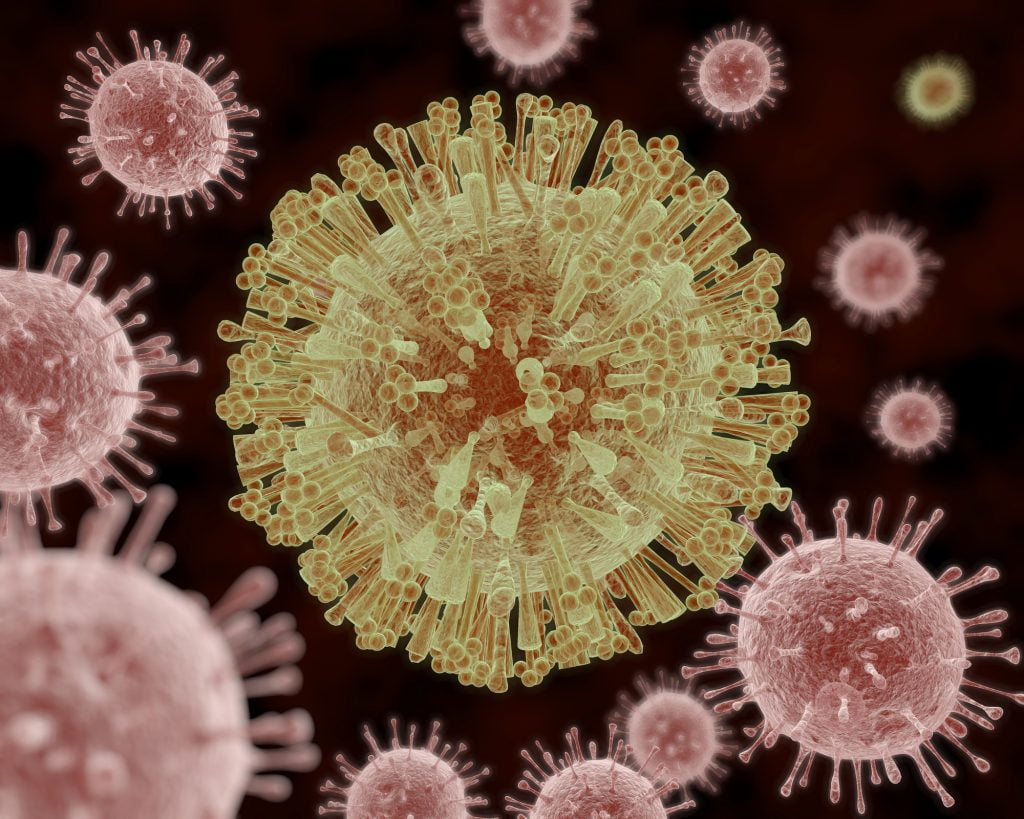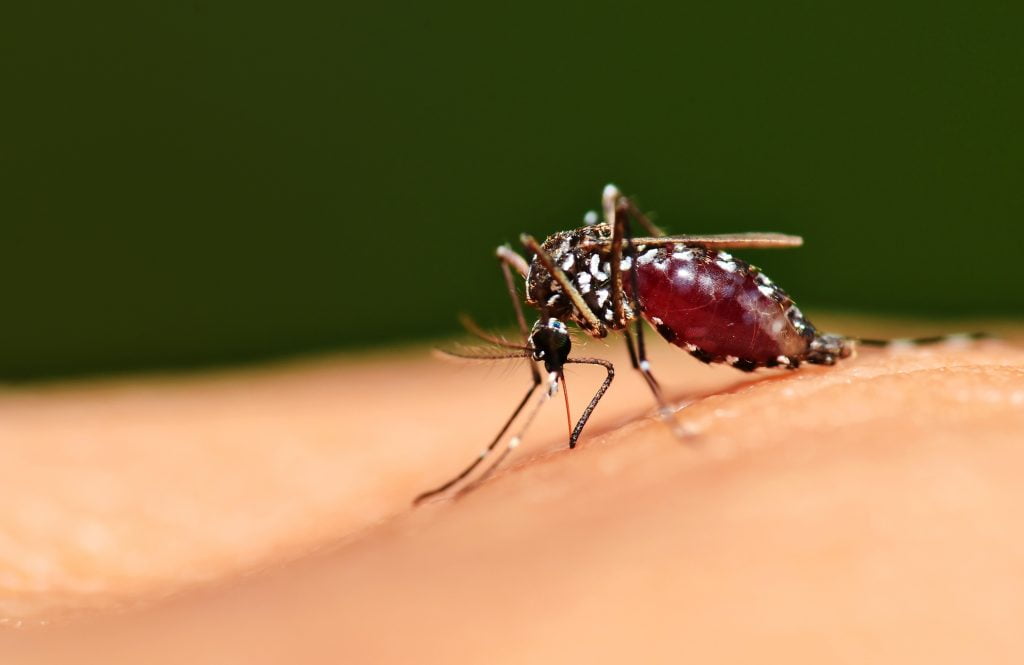It’s been four years since the Zika virus dominated news cycles worldwide after an outbreak of Zika fever in Brazil in 2015 quickly spread to other parts of South and North America. In early 2016, the World Health organization issued a “Public Health Emergency of International Concern” alert, warning that Zika would come to affect most countries.
Spread through Aedes mosquito bites, the virus causes fever, rash, muscle and joint pain. Researchers also linked Zika to microcephaly, a condition in which a baby is born with an abnormally small head and brain, as well as other neurological conditions.
During the 2015-2016 outbreak, some half a million suspected cases of Zika virus were recorded as were over 3,500 cases of congenital birth defects, a majority of those in Brazil. Zika also caused miscarriages and stillbirths, and in adults and young children there was an increased risk of neurological complications such as Guillain-Barré syndrome, neuropathy and myelitis.
SEE ALSO: This Israeli Firm Uses Lasers, Computer Vision To Track Pesky Mosquitos
As images and footage of affected newborns and infants were broadcast across the world, leaders urges researchers and scientists to develop tests, vaccines and treatments to fight Zika.

This summer, scientists at Tel Aviv University (TAU) working with colleagues at The French National Center for Scientific Research, Friedrich Schiller University in Germany and the University of Southern California, used a genetic screen to identify genes that protect cells from Zika viral infection. The scientists say this may one day lead to the development of a treatment for the Zika virus and other infections.
The research was led by Dr. Ella H. Sklan of TAU’s Sackler School of Medicine and was published in the Journal of Virology on May 29.
To identify host factors that can rescue cells from the Zika infection, the scientists used a genome-scale CRISPR activation screen based on a modification of the CRISPR-Cas9 gene-editing technique.
CRISPR-Cas9 is a naturally occurring bacterial genome editing system that has been adapted to gene editing in mammalian cells. The system is based on the bacterial enzyme Cas9, which can locate and modify specific locations along the human genome. A modification of this system, known as CRISPR activation, is accomplished by genetically changing Cas9 in a way that enables the expression of specific genes in their original DNA locations, Tel Aviv University explained in a statement.
Sign up for our free weekly newsletter
Subscribe“CRISPR activation can be used to identify genes protecting against viral infection,” said Dr. Sklan in the statement. “We used this adapted system to activate every gene in the genome in cultured cells. We then infected the cells with the Zika virus. While most cells die following the infection, some survived due to the over-expression of some protective genes.
“We then used next-generation sequencing and bioinformatic analysis to identify a number of genes that enabled survival, focusing on one of these genes called IFI6. A previous screen conducted by another research group had identified this gene with respect to its role vis-à-vis other viruses,” she want on.
IFI6 showed high levels of protection against the Zika virus both by protecting cells from infection and by preventing cell death, Dr. Sklan explained. “If its yet unknown mode of action can be mimicked, it may one day serve as the basis for the development of a novel antiviral therapy to fight the Zika virus or related infections.”
Working with Dr. Nabila Jabrane-Ferrat of The French National Center for Scientific Research, Dr. Sklan then moved the study of the identified genes into Zika-infected human placenta tissues, which serve as a gateway for viral transmission to the fetus. These genes were induced following infection, indicating they might play a protective role in this tissue as well, TAU said.
SEE ALSO: Israeli Scientists Make Breakthrough Discovery In Malaria Study
“Our results provide a better understanding of key host factors that protect cells from ZIKV infection and might assist in identifying novel antiviral targets,” concludes Dr. Sklan.
Moving forward, the researchers hope to discover the mechanism by which the IFI6 gene inhibits infection, the university said.
Related posts

Israeli Medical Technologies That Could Change The World

Harnessing Our Own Bodies For Side Effect-Free Weight Loss

Missing Protein Could Unlock Treatment For Aggressive Lung Cancer




Facebook comments